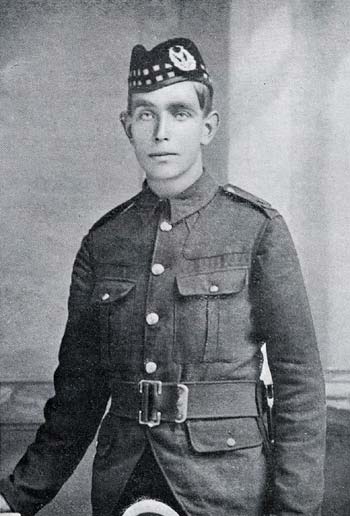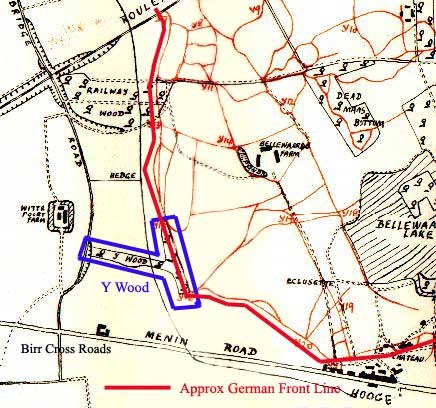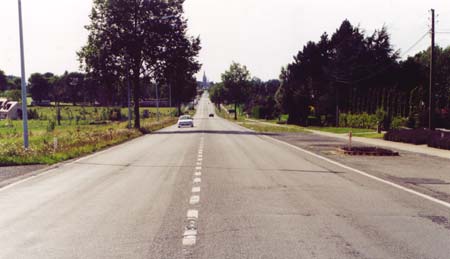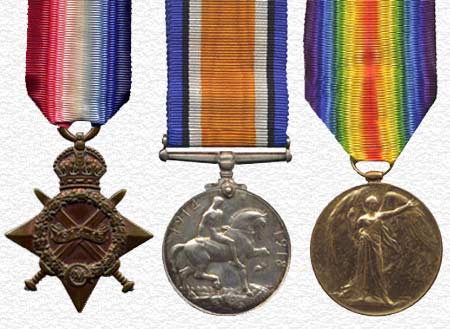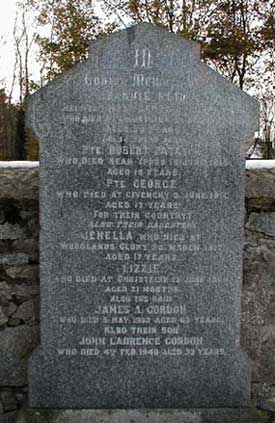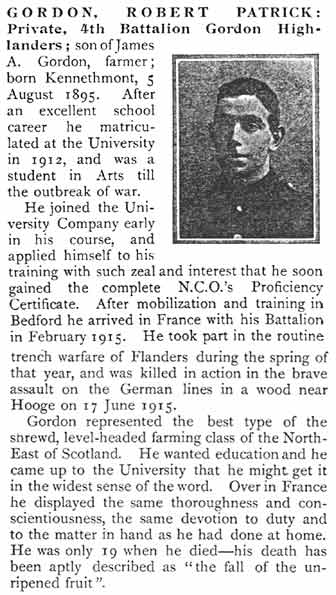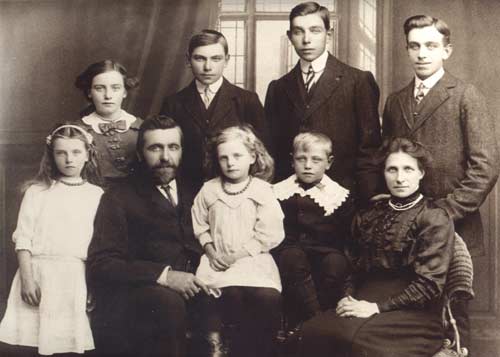|
Pte Robert Gordon, 4th Gordon Highlanders
Robert Patrick Gordon was born on 5th August 1895 at Christkirk, Kennethmont and was the second oldest of a family of three brothers and four sisters. His parents were James Adam and Jeannie Gordon. He was known to his family and friends as Pat. His father was tenant in the farm of Christkirk on the Leith Hall Estate which had been farmed by members of the Gordon family for many years. As a Student of Arts at Aberdeen University he joined the University company of The Gordon Highlanders on entry to the University in 1912. 'U' company as it was aptly designated was incorporated within 'D' company of the regiment's 4th Battalion (Territorial Force). On joining the Territorials a soldier agreed to be available for home service only and could not be posted overseas. When the threat of war came in 1914 most of the Territorial Soldiers of The Gordon Highlanders agreed to serve overseas and thus became available for 'Imperial Service'. These men were then entitled to wear The Imperial Service Badge. At the outbreak of war the battalion were at their summer training camp at Tain where they had been since 18th July. The annual camp was a great attraction for the men as they were away from home for two weeks, and were paid. They were mobilised on 4th August and went from there directly to join the other Gordon Territorial Battalions in The Highland Division at Bedford via Perth. There they trained and prepared for their inevitable move to the Western Front. On 19th Feb 1915 they journeyed to Southampton by train. This is detailed in Pat's letter home written on the journey. At the Docks they joined the transport ship "Archimedes" which left its berth at 7pm and arrived at Le Havre, France next morning. The Battalion joined 8th Brigade, 3rd Division near Zillebeke, Belgium on 27th Feb. Pat and his comrades in 16 Platoon, 'D' Coy first went into the line in trenches near Kemmel alongside the regulars of the 1st Battalion, Gordon Highlanders on the evening of 8th March 1915 where they relieved the 1st Grenadier Guards. They served in and out of the line in this quiet sector for the next three months. Pat Gordon
was struck down by severe influenza at the end of April and on 1st
May writes home from No 8 Stationary Hospital, Boulogne. He writes
that he was sent this far 'down the line' as they were trying to keep
the Field Hospitals closer to the front clear owing to the current
heavy fighting. Having heard
of his brothers death he writes to his sister Jenella from Rouen on
12th June and returns to his unit near Hooge the following week.
4 Battalion GH, 26 May-20 June 1915 The Battalion had been in front line trenches near Hooge for nearly a month. They arrived here from camp at Brandhoek near Vlamertinge and returned here after the battle. 16
June At 12.00 'D' Coy, having failed to find unoccupied trenches, start to dig new trenches in 'Y' Wood amid considerable confusion and poor communications. The trenches in 'Y' Wood were severely shelled during the afternoon and evening. At 3pm 42nd Brigade arrive in the front line trenches but are unable to advance due to heavy German shell fire and GAS shells. At 5pm 42nd Brigade withdraw to Ypres. 8-9pm all now quiet. 10-12pm, the wounded are collected. 'D' Coy are relieved in 'Y' Wood. Casualties 4 Officers wounded, 7 men killed, 46 wounded, 1 man missing.
The
Menin Road towards Ypres from the German Front Line position at Hooge
(Aug 2001). 17
June 18
June 19
June 20
June It
is interesting to note that the The Commonwealth War Graves Commission
and the memorial card record that Pat Gordon died on 19th June. This
information will have been supplied by the War Office. The Aberdeen
University Roll of Honour states he was ' killed in action in an assault
on German lines in a wood near Hooge on 17th June'. From the War Diary
it is clear that the action in 'Y' Wood took place on the 16th / 17th
and on the 18th / 19th the Battalion were clearing up with the loss
of one man. His friend Pte (later Sgt) Alec Rule of Huntly wrote to his father on 21st June and confirms that Pat was killed by a shell which burst in the trench traverse where Pat was and that he believed he was nearest it. The others in the traverse were slightly wounded. This ties with the War Diary entry of 19 June - 1 man killed, 5 wounded. Rule writes that Pat returned to the front a day or two earlier. He
describes taking an active part in the burial that same evening. The
simple service was conducted by a Sergeant of 'D' Company (a divinity
student) and the grave was marked by a wooden cross. A wreath was
placed on the grave.
This sad memorial
card bears the photographs and details of the deaths in action of
Pat and his younger brother George.
The Gordon Family, Christkirk. c 1911 Jenella, George,
Robert, James, |
